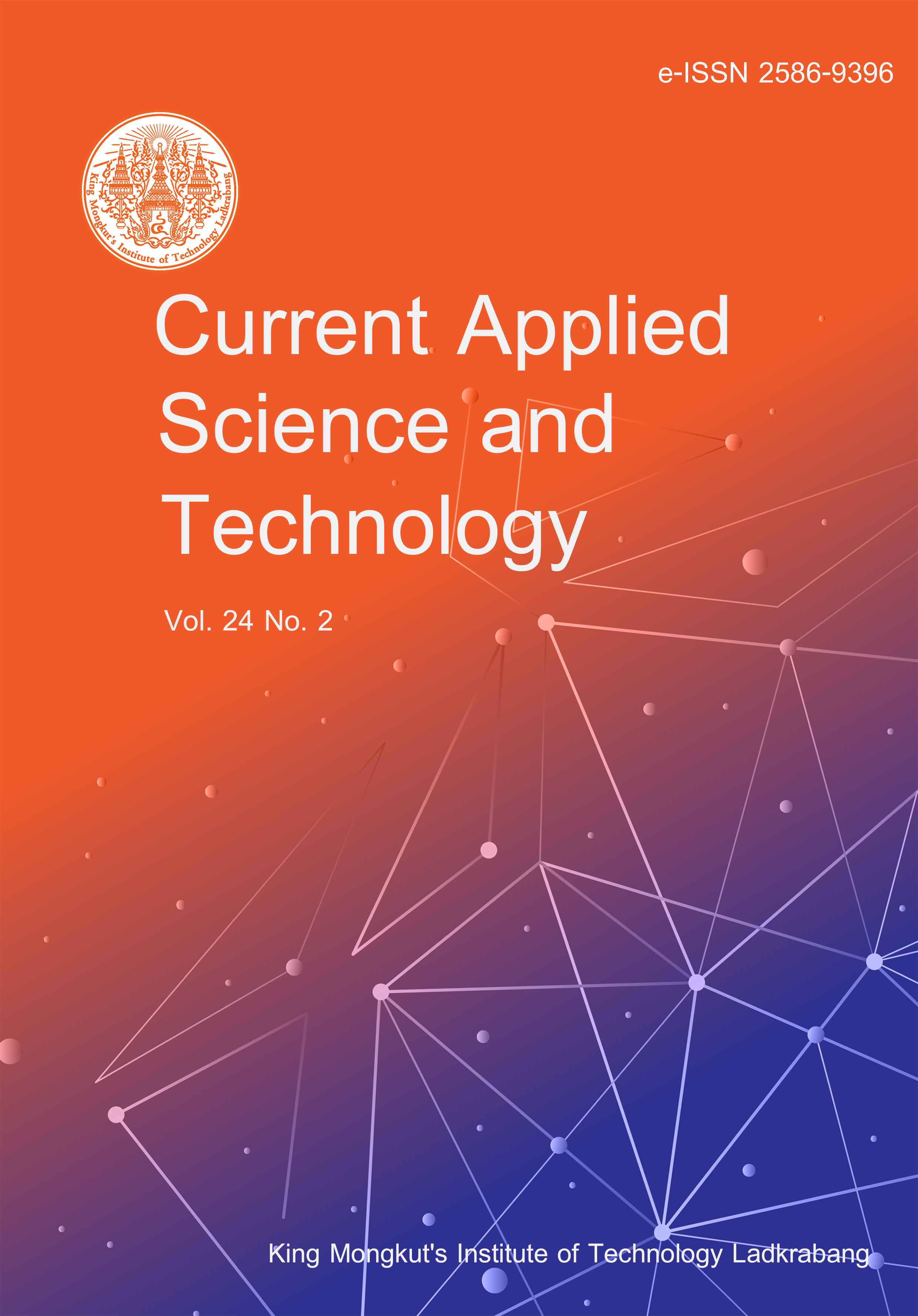This work describes a simple method for the simultaneous measurement of urinary albumin, creatinine and uric acid using a standard addition approach on a microfluidic paper-based analytical device (µPAD). Hydrophobic barrier of the µPAD was created by stamping indelible ink onto a filter paper. The µPAD was designed with a flower-liked configuration. After aliquoting urine to a central sample zone, the sample flowed to ten surrounding channels, namely “the inner channels”, where the blank (water) or standard solutions had been added. The inner channels were connected to circular reagent zones where reagents had been immobilized. Tetrabromophenolphthalein ethyl ester, alkaline picrate, and a mixed solution of ferric chloride and ferric cyanide were used as the chromogenic reagents for the colorimetric detections of albumin, creatinine, and uric acid, respectively. Each reagent zone was linked with a circular detection zone through a second channel, namely “the outer channels”. The blue-, orange- and greenish-blue colored products were observed in the detection zones for the measurement of albumin, creatinine, and uric acid, correspondingly. A digital image of the µPAD was captured with a mobile phone. The color intensities were evaluated by ImageJTM and were employed for the quantitative analyses. The standard addition calibrations were found to be linear (r2 > 0.99) for the spiked analyte concentrations up to 100 mg L-1 albumin, 1000 mg L-1 creatinine, and 50 mg dL-1 uric acid. The paper platform provided high precision (RSD < 5 %) and good analytical recovery (91.8-109.7 %). Under paired t-test, the results obtained by the developed µPAD and the validating methods were not significantly different at 95 % confidence (albumin: tstat = -0.130, tcri = 3.182, creatinine: tstat = -0.133, tcri = 3.182, and uric acid: tstat = 1.119, tcri = 3.182).
Wisaichon, W. undefined. ., Choengchan, N. ., & Praditweangkum, W. undefined. . (2023). A Microfluidic Paper-based Analytical Device for Simultaneous Measurement of Albumin, Creatinine and Uric Acid in Urine based on Standard Addition Method. CURRENT APPLIED SCIENCE AND TECHNOLOGY, e0259364. https://doi.org/10.55003/cast.2023.259364


https://cast.kmitl.ac.th/doi/10.55003/cast.2023.259364